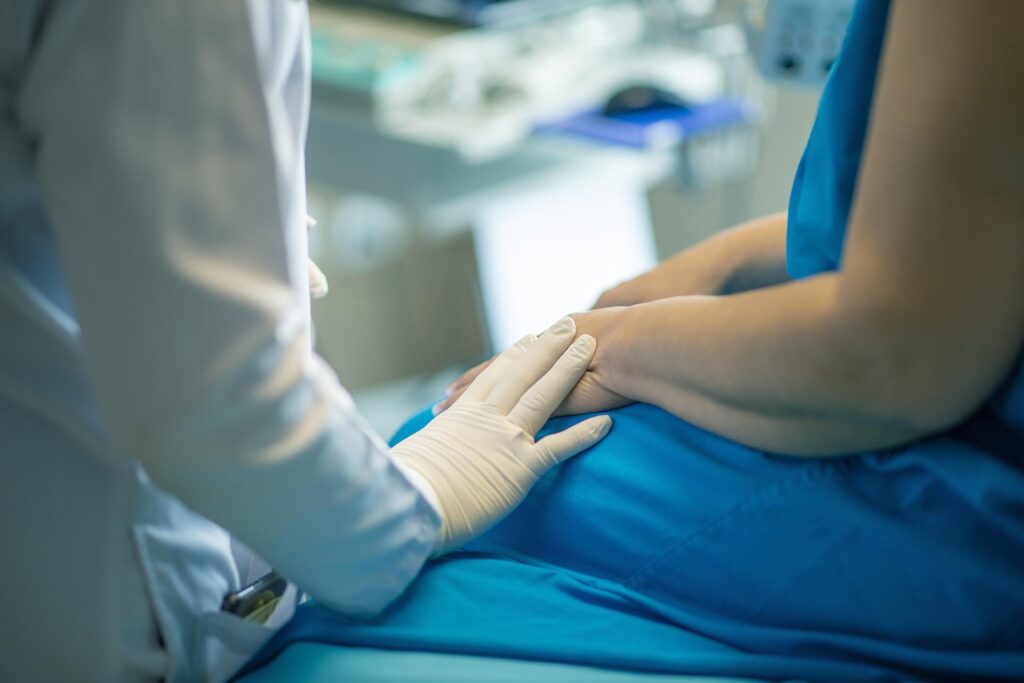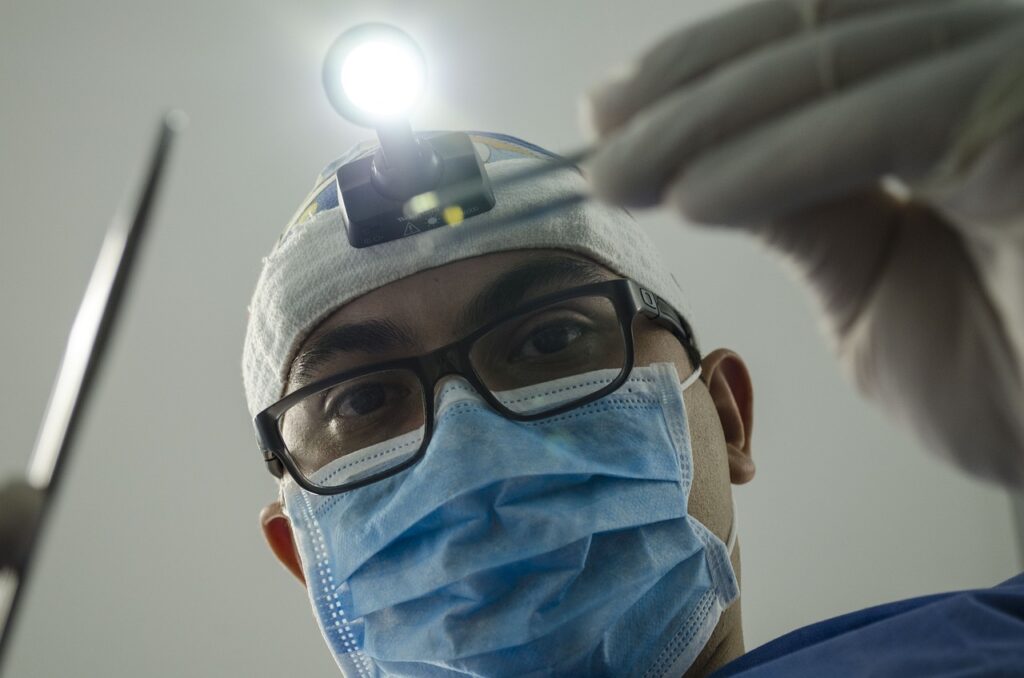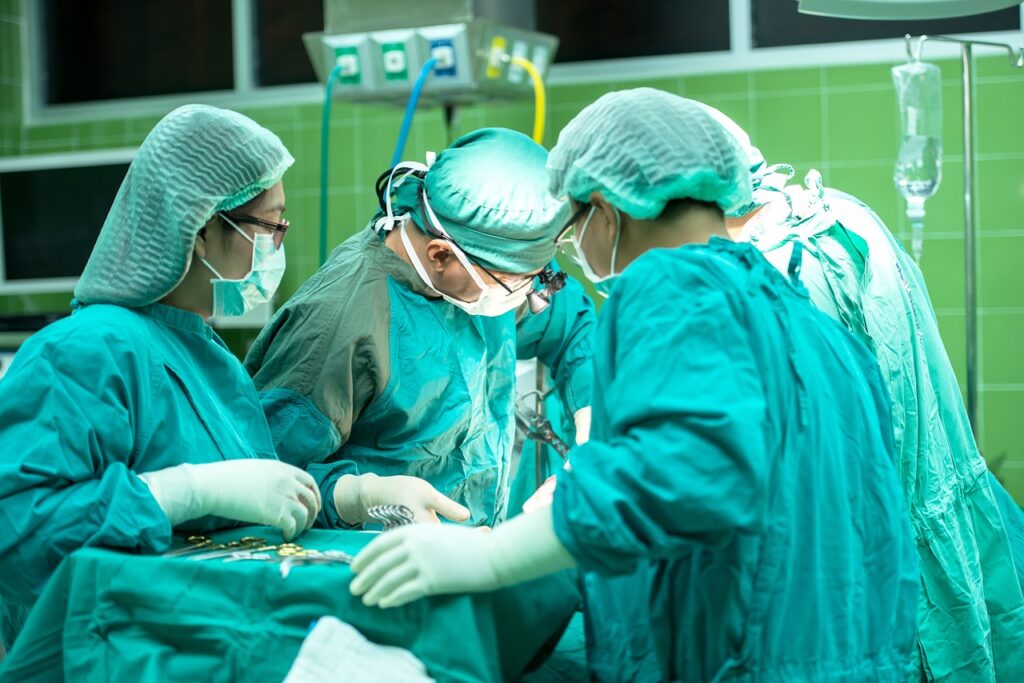Colonoscopy is a medical procedure that examines the inside of the large intestine (colon) using a long, flexible tube with a camera and light at the end. It is usually recommended for people who are 50 years old or older or those with a family history of colon cancer. The cost of a colonoscopy can vary depending on several factors, including the location, the type of facility, and the individual’s insurance coverage.
Understanding the cost of a colonoscopy is important because it can be a significant financial burden for some individuals. While the cost of a colonoscopy can vary widely, the average cost in the United States is around $3,000. However, this cost can be significantly higher or lower depending on the individual’s insurance coverage and the specific details of the procedure.
Key Takeaways
- Colonoscopy is a medical procedure used to examine the inside of the large intestine.
- The cost of a colonoscopy can vary depending on several factors, including the location, type of facility, and insurance coverage.
- The average cost of a colonoscopy in the United States is around $3,000.
Understanding Colonoscopy
Colonoscopy is a medical procedure that is used for examining the colon or large intestine. It is performed using a flexible tube called a colonoscope, which has a tiny camera attached to it. During the colonoscopy procedure, the colonoscope is inserted into the rectum and guided through the colon. This allows the doctor to examine the lining of the colon for any abnormalities or signs of disease.
A colonoscopy is usually recommended for people over the age of 50, as this is when the risk of developing colon cancer increases. However, it may also be recommended for younger people who have a family history of colon cancer or other risk factors.
The colonoscopy procedure typically takes about 30-60 minutes to complete, although it may take longer if any abnormalities are found. Before the procedure, the patient will be given a sedative to help them relax and minimize any discomfort.
There are two types of colonoscopies: traditional colonoscopy and virtual colonoscopy. Traditional colonoscopy is the most common type and involves the use of a colonoscope to examine the colon. Virtual colonoscopy, also known as CT colonography, uses a special X-ray machine to create images of the colon.
Overall, a colonoscopy is a safe and effective procedure for detecting and preventing colon cancer. It is important to follow the doctor’s instructions for preparation before the procedure to ensure accurate results.
Why is Colonoscopy Done
Colonoscopy is a medical procedure that involves examining the inner lining of the colon using a flexible tube with a camera on the end. It is done for a variety of reasons, including screening for colon cancer, diagnosing digestive problems, and monitoring the progress of treatment.
Screening for Colon Cancer
Colonoscopy is an important tool for detecting colon cancer and preventing it from developing. Colon cancer is the second leading cause of cancer deaths in the United States, but it is also one of the most preventable. When colon cancer is caught early, it is highly treatable.
During a colonoscopy, the doctor can look for polyps, which are small growths that can develop on the inner lining of the colon. Most polyps are harmless, but some can turn into cancer over time. If polyps are found during a colonoscopy, they can be removed before they have a chance to become cancerous.
Diagnosis and Treatment
Colonoscopy can also be used to diagnose and treat a variety of digestive problems, including inflammatory bowel disease, ulcers, and tumors. If abnormalities are found during the procedure, the doctor may take a biopsy, which involves removing a small sample of tissue for analysis.
Colonoscopy can also be used to monitor the progress of treatment for certain conditions, such as ulcerative colitis and Crohn’s disease. In some cases, the doctor may recommend a sigmoidoscopy instead of a colonoscopy, which only examines the lower part of the colon.
Symptoms and Risk Factors
Colonoscopy may be recommended for individuals who are experiencing symptoms such as rectal bleeding, chronic diarrhea, abdominal pain, or a change in bowel habits. It may also be recommended for individuals who have a family history of colon cancer or other risk factors, such as age, obesity, or a history of smoking.
In summary, colonoscopy is an important tool for detecting and preventing colon cancer, as well as diagnosing and treating a variety of digestive problems. It is a safe and effective procedure that can provide valuable information for doctors and patients alike.
Preparation for Colonoscopy
Preparation for colonoscopy is a crucial step to ensure that the procedure is successful. The preparation involves cleaning out the colon so that the doctor can get a clear view of the inside of the colon. This section will cover the different aspects of preparation that a patient needs to know before undergoing a colonoscopy.
Special Diet
A few days before the procedure, the patient needs to follow a special diet. This diet usually involves avoiding solid foods and consuming only clear liquids such as water, broth, and sports drinks. The patient should avoid red or purple liquids, which can be mistaken for blood during the procedure. It is also important to avoid alcohol, caffeine, and carbonated beverages.
Bowel Prep
Bowel prep is an essential part of the preparation process. The doctor will prescribe a laxative that the patient needs to take to clean out the colon. The laxative may come in the form of a pill or a liquid. The patient needs to follow the instructions carefully and take the laxative at the prescribed time. The laxative will cause the patient to have multiple bowel movements, which will help clean out the colon.
Enema
In some cases, the doctor may also prescribe an enema. An enema is a liquid that is inserted into the rectum to help clean out the lower part of the colon. The patient needs to follow the instructions carefully and use the enema at the prescribed time.
Medications
The patient needs to inform the doctor of any medications they are taking, including over-the-counter medications, vitamins, and supplements. The doctor may ask the patient to stop taking certain medications before the procedure, especially blood-thinning medications.
Sedation
During the procedure, the patient will receive sedation to help them relax and feel more comfortable. The sedation will make the patient drowsy, and they may not remember the procedure. The patient needs to arrange for someone to drive them home after the procedure as they will not be able to drive themselves.
Air
During the procedure, the doctor will pump air into the colon to help get a better view. This may cause the patient to feel bloated or have gas after the procedure. The patient should avoid eating or drinking anything for a few hours after the procedure to allow the air to pass.
Overall, preparation for colonoscopy is a critical step to ensure that the procedure is successful. The patient needs to follow the instructions carefully and inform the doctor of any concerns or questions they may have.
During the Colonoscopy
During the colonoscopy, the patient is typically sedated to minimize discomfort. The sedative is administered by the doctor or anesthesiologist, depending on the hospital policy. The patient is usually conscious but drowsy throughout the procedure.
The doctor inserts a long, flexible tube with a video camera at the end into the rectum and slowly advances it through the colon. The camera allows the doctor to examine the lining of the colon for any abnormalities, such as polyps or tumors. The doctor may also use carbon dioxide to inflate the colon, which helps to improve visibility.
If the patient experiences significant discomfort during the procedure, the doctor may adjust the sedation level or pause the procedure temporarily. The patient can communicate with the doctor and nursing staff during the procedure if necessary.
Before the colonoscopy, the patient must sign a consent form that outlines the risks and benefits of the procedure. The form also includes information about the anesthesia and any potential complications.
Overall, the colonoscopy is a routine outpatient procedure that is performed by a trained doctor in a hospital or clinic setting.
Post-Colonoscopy Care
After a colonoscopy, it is important to take care of yourself to avoid complications and ensure a smooth recovery. Here are some tips for post-colonoscopy care:
Rest and Recovery
After the procedure, the patient will be monitored for a short time to ensure there are no complications. It is important to rest and allow the effects of the anesthesia to wear off before resuming normal activities. The patient should arrange for someone to drive them home after the procedure.
Diet
The patient should start with clear liquids and gradually move to solid foods as tolerated. It is important to avoid heavy, greasy, or spicy foods for the first few days after the procedure. The doctor may recommend a specific diet based on the patient’s individual needs.
Pain Management
Some patients may experience mild discomfort or cramping after the procedure. The doctor may prescribe pain medication to manage these symptoms. It is important to follow the doctor’s instructions and not to take any other pain medication without consulting with the doctor first.
Follow-Up Colonoscopy
The doctor may recommend a follow-up colonoscopy in the future to monitor the patient’s condition. The timing of the follow-up colonoscopy will depend on the patient’s individual needs and risk factors.
Tissue Sample
During the colonoscopy, the doctor may take a tissue sample for further testing. The patient may experience some bleeding or discomfort after the procedure. It is important to follow the doctor’s instructions for care and to report any unusual symptoms.
Risks and Complications
Although rare, there are risks and complications associated with colonoscopy. These include bleeding, tear in the large intestine, and infection. The patient should report any unusual symptoms such as severe pain, fever, or persistent diarrhea to the doctor immediately.
Conclusion
Post-colonoscopy care is crucial for a smooth recovery and to avoid complications. The patient should follow the doctor’s instructions for rest, diet, and pain management. It is important to report any unusual symptoms to the doctor immediately to ensure prompt treatment and a successful recovery.
Financial Aspects of Colonoscopy
The cost of a colonoscopy can vary depending on several factors such as the location, providers, insurance coverage, and whether the patient is insured or uninsured. A diagnostic colonoscopy is usually more expensive than a screening test.
For insured patients, the Affordable Care Act requires that health insurance plans cover the cost of a screening colonoscopy without any out-of-pocket expenses such as deductibles or copayments. However, if a polyp or other abnormality is found and removed during the procedure, it may be considered a diagnostic colonoscopy, which may not be fully covered by insurance.
For uninsured patients, the cost of a colonoscopy can be a significant financial burden. However, some providers may offer discounted rates or payment plans for those who are unable to pay the full cost upfront.
It is important to note that the cost of a colonoscopy can also vary depending on whether the provider is in-network or out-of-network. Out-of-network providers may charge higher fees, which may not be fully covered by insurance.
In addition to the cost of the procedure itself, patients may also incur additional expenses such as the cost of a hospital gown and any necessary anesthesia. Anesthesiologists may also charge separate fees for their services.
Overall, it is important for patients to be aware of the financial aspects of a colonoscopy and to discuss any concerns or questions with their healthcare providers and insurance companies. Screening tests such as colonoscopies are recommended by the Centers for Disease Control and Prevention for individuals at high risk for colorectal cancer, and it is important for patients to have access to affordable and accessible healthcare services.
Frequently Asked Questions
What is the average cost of a colonoscopy without insurance in Texas?
The average cost of a colonoscopy without insurance in Texas can range from $3,000 to $5,000. However, the cost may vary depending on the location, the healthcare provider, and the type of facility where the procedure is performed.
How much does a colonoscopy with biopsy cost?
A colonoscopy with biopsy can cost between $1,500 and $3,000 without insurance. The cost may vary depending on the location, the healthcare provider, and the type of facility where the procedure is performed.
What is the cost breakdown of a colonoscopy?
The cost breakdown of a colonoscopy typically includes the facility fee, the physician fee, and the anesthesia fee. The facility fee covers the use of the equipment and the facility where the procedure is performed. The physician fee covers the cost of the doctor who performs the procedure. The anesthesia fee covers the cost of the anesthesia used during the procedure.
How much does a colonoscopy cost with Medicare?
With Medicare, the cost of a colonoscopy is typically covered at 100% for those who are eligible. However, there may be some out-of-pocket costs depending on the specific plan and the individual’s circumstances.
Is a colonoscopy usually covered by insurance?
Yes, a colonoscopy is usually covered by insurance. However, the coverage may vary depending on the specific plan and the individual’s circumstances. It is important to check with the insurance provider to determine the coverage and any out-of-pocket costs.
Should I expect to be charged for a colonoscopy?
Yes, there may be charges associated with a colonoscopy. However, the cost may vary depending on the specific circumstances, such as insurance coverage and the healthcare provider. It is important to discuss the cost with the healthcare provider and insurance provider before the procedure.




